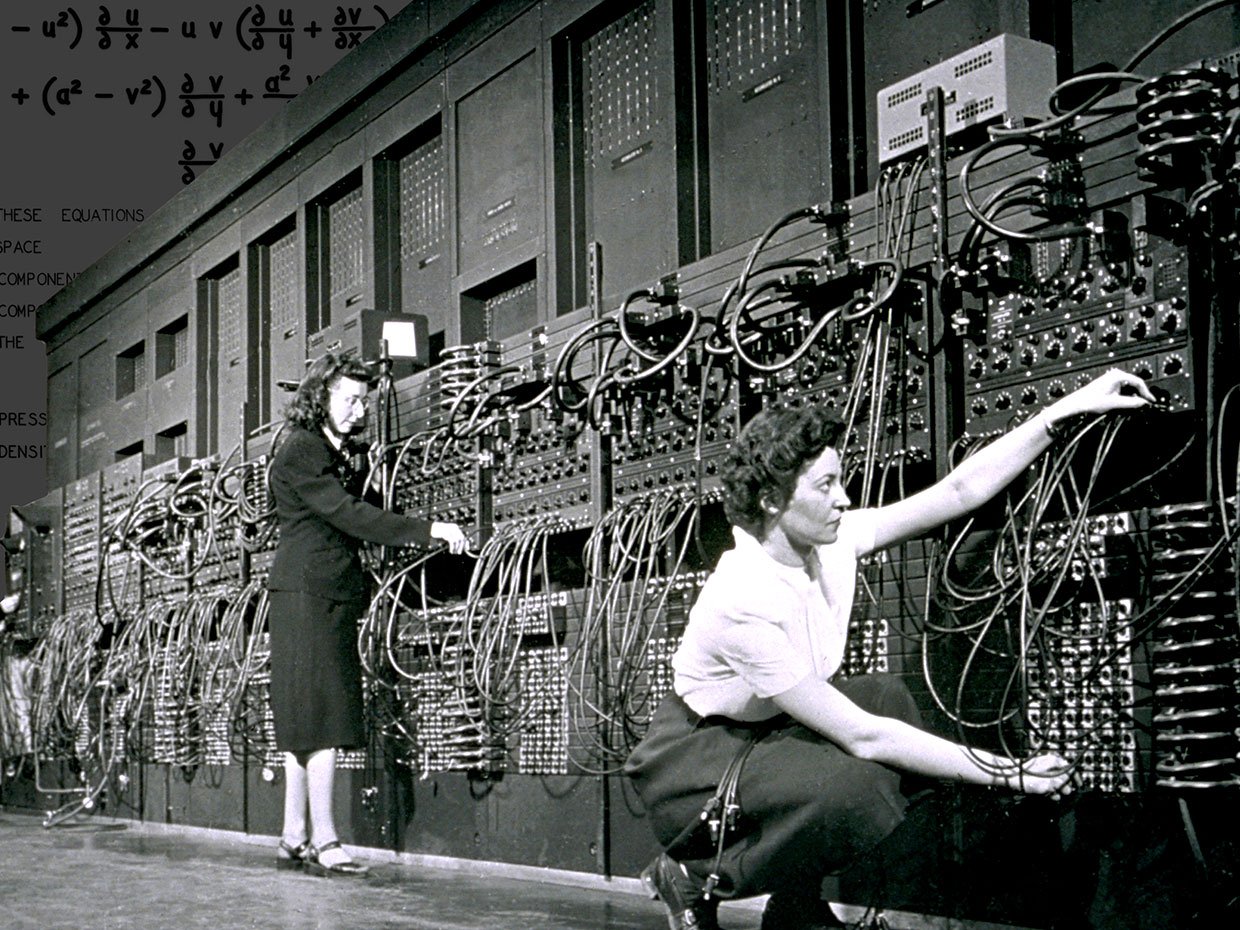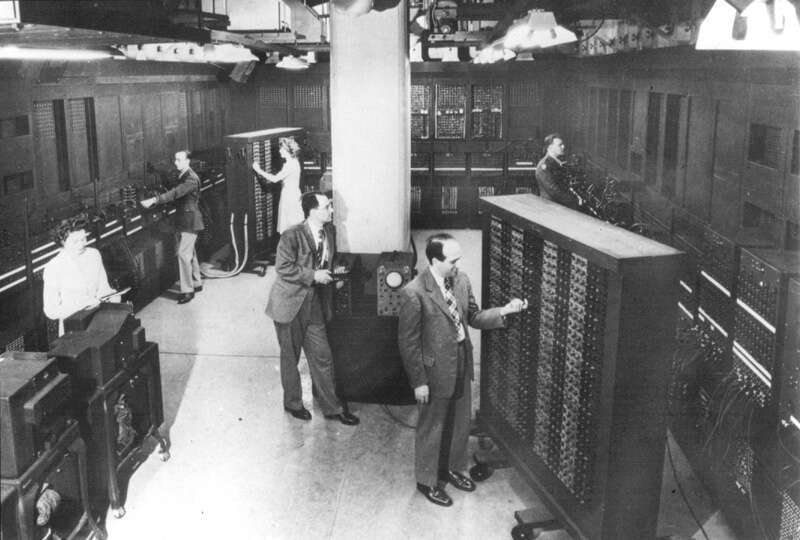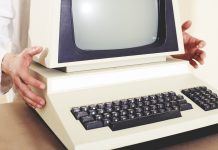Computers come in the form of personal desktops, laptops, and tablets. Computers have become such an essential part of everyday life that it can be difficult to recall when they didn't exist.
In fact, the computers that are used today are still relatively new. While computers have been theoretically in use since the abacus around 5000 years ago, modern computers have had the most profound influence on society.
Read this blog to know more about how computers evolved from being as big as a room to what we have now.

First Generation Computers
Computers of the first generation had no resemblance to computers of today, either in appearance or in performance. The first generation of computers took place between 1940 and 1956 and was incredibly large in scale.
Around that time, the internal workings of the machines were unsophisticated. These early devices included the use of magnetic drums for memory and vacuum tubes, which served as switches and amplifiers.
It was the vacuum tubes that were primarily responsible for the large scale of the machines and the vast quantities of heat emitted. These computers have generated so much heat that they have frequently overheated despite large cooling systems.
ENIAC: Example of a First Generation Computer
Electronic Numerical Integrator and Computer or ENIAC was the first electronic device to be used for general purposes, for example, to solve numerical problems.
It was developed by John Presper Eckert and John Mauchly at the University of Pennsylvania to measure artillery firing tables for the Ballistic Research Laboratory of the United States Army.
The construction started in 1943 and was not finished until 1946. While it was not completed until the end of the Second World War, the ENIAC was created to assist in the war effort against the German powers.
In 1953, Burroughs Corporation designed a 100-word magnetic-core memory that was attached to ENIAC to provide it with memory capabilities.
More Info on ENIAC
By 1956, at the end of its operation, ENIAC had occupied nearly 1,800 square feet. ENIAC consisted of at least 20,000 vacuum tubes and 70,000 resistors. It also used 200 kilowatts of electricity, weighed more than 30 tons, and cost around $487,000.
The ENIAC, which weighed 30 kilograms, used 200 kilowatts of electrical power and consisted of 18,000 vacuum tubes, 1,500 relays, and hundreds of thousands of resistors, capacitors, and inductors.
ENIAC used 20 single-number accumulators as main functional units but also used special units for multiplication, division, and square roots.
Features of First Generation Computers
The first generation of computers began using vacuum tubes as basic memory and circuitry components for the CPU (Central Processing Unit).
Such tubes, like electric bulbs, generated a lot of heat and were susceptible to the regular fusion of the systems, were very costly and could only be supplied by very large organizations.
Mainly the batch processing of the operating system has been used in this century. Punched cards, paper tape, magnetic tape input & output system have been used for this generation. Computer code and electrical wired board languages were used.
An Older Computing Language
Computers of the first century depended on machine language, the lowest-level programming language understood by machines, to perform operations, and could solve only one problem at a time.
It would take days or even weeks for operators to set up a new problem. The input was based on punched cards and paper tape, and the output was displayed on the printouts.
ENIAC computers are examples of first-generation computing machines. UNIVAC was the first commercial machine to be sold to the U.S. company customer.
The Father of Computers

Upon his birth, Charles Babbage was considered to be the founder of computing, followed by the invention of the Analytical Engine in 1837.
The Analytical Engine included an ALU (arithmetic logic unit), a simple flow control, and an integrated memory, celebrated as the first general-purpose computer system.
Unfortunately, because of funding problems, this machine wasn't designed when Charles Babbage was still alive. In 1910, however, Henry Babbage, Charles Babbage's youngest son, was able to complete a portion of the machine that could make simple calculations.
Conclusion
Computers have developed and progressed greatly in the decades since their inception. Several years ago, computers were very big and sluggish in their most primitive form.
Gradually, machines have gotten smaller and quicker, enabling people to use them almost everywhere. New computer technology has also allowed more advanced business tasks.







